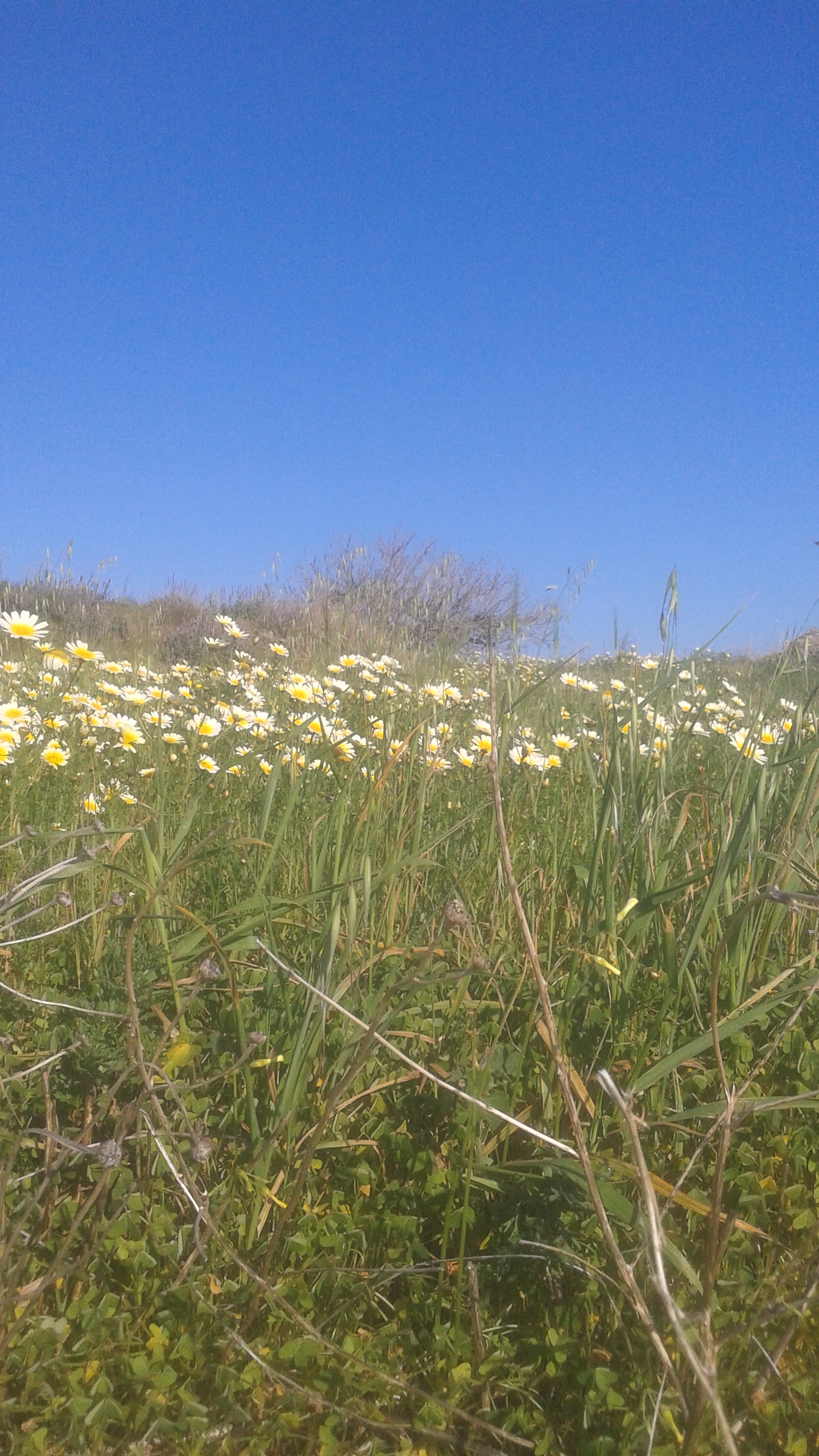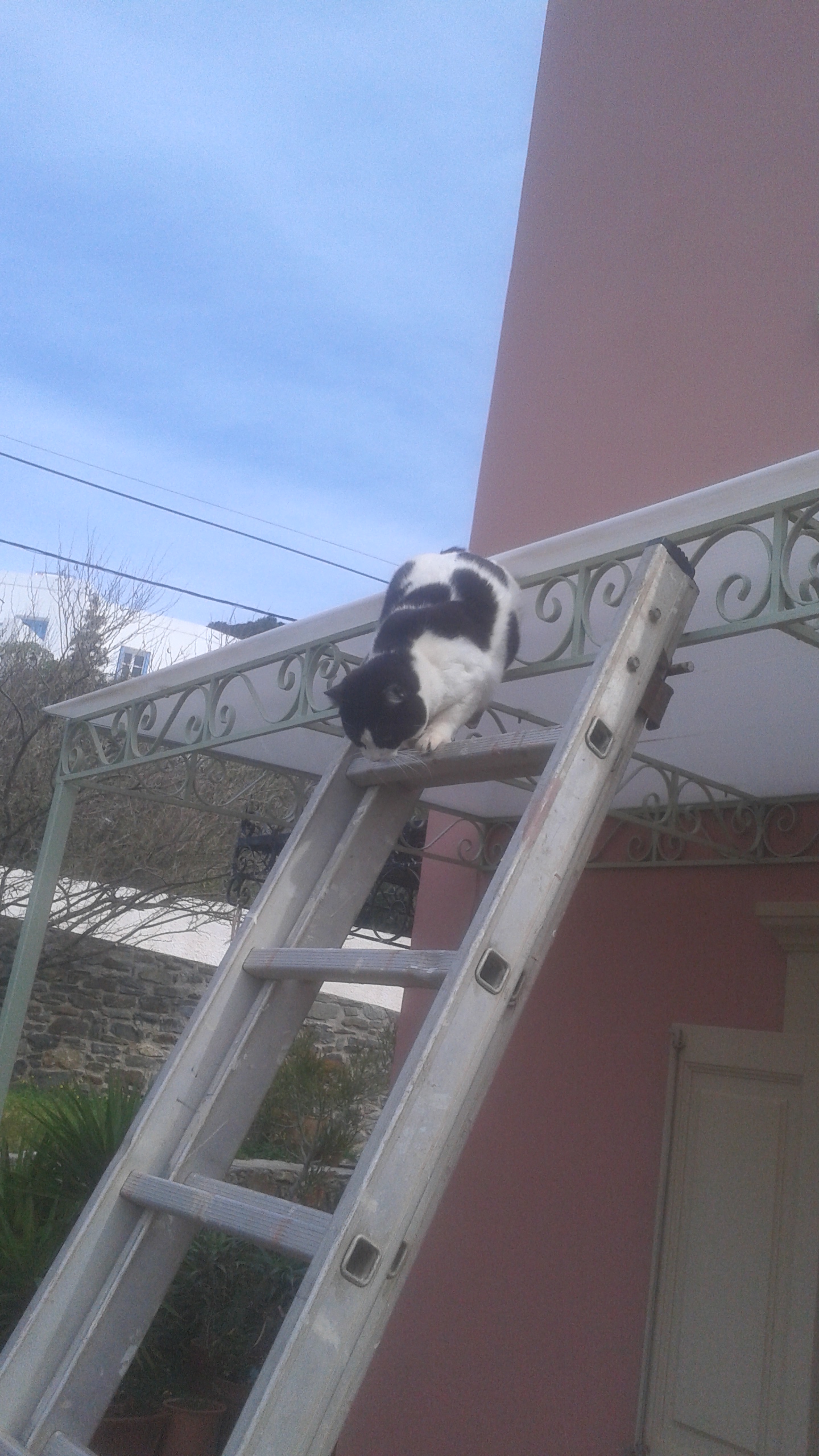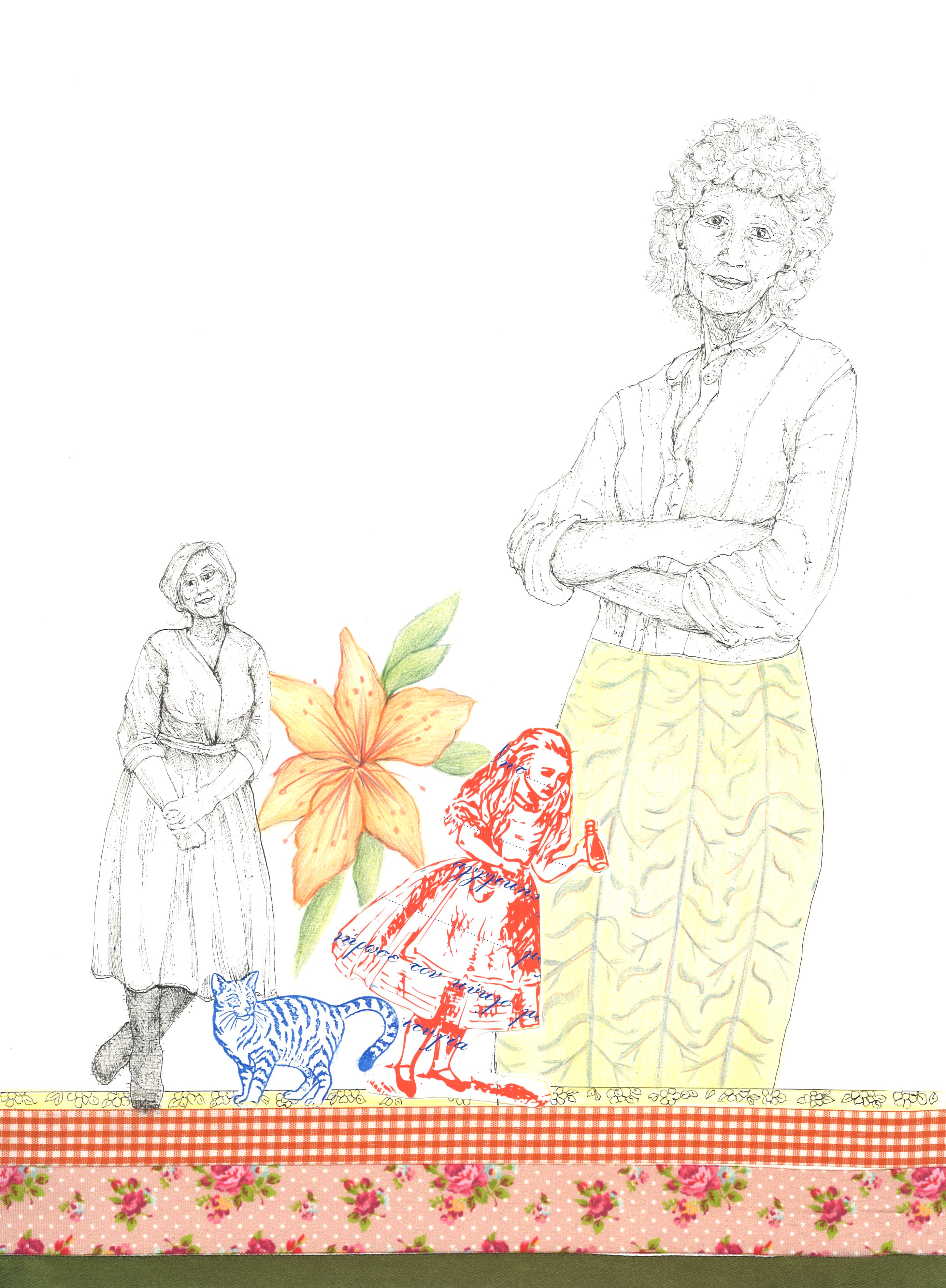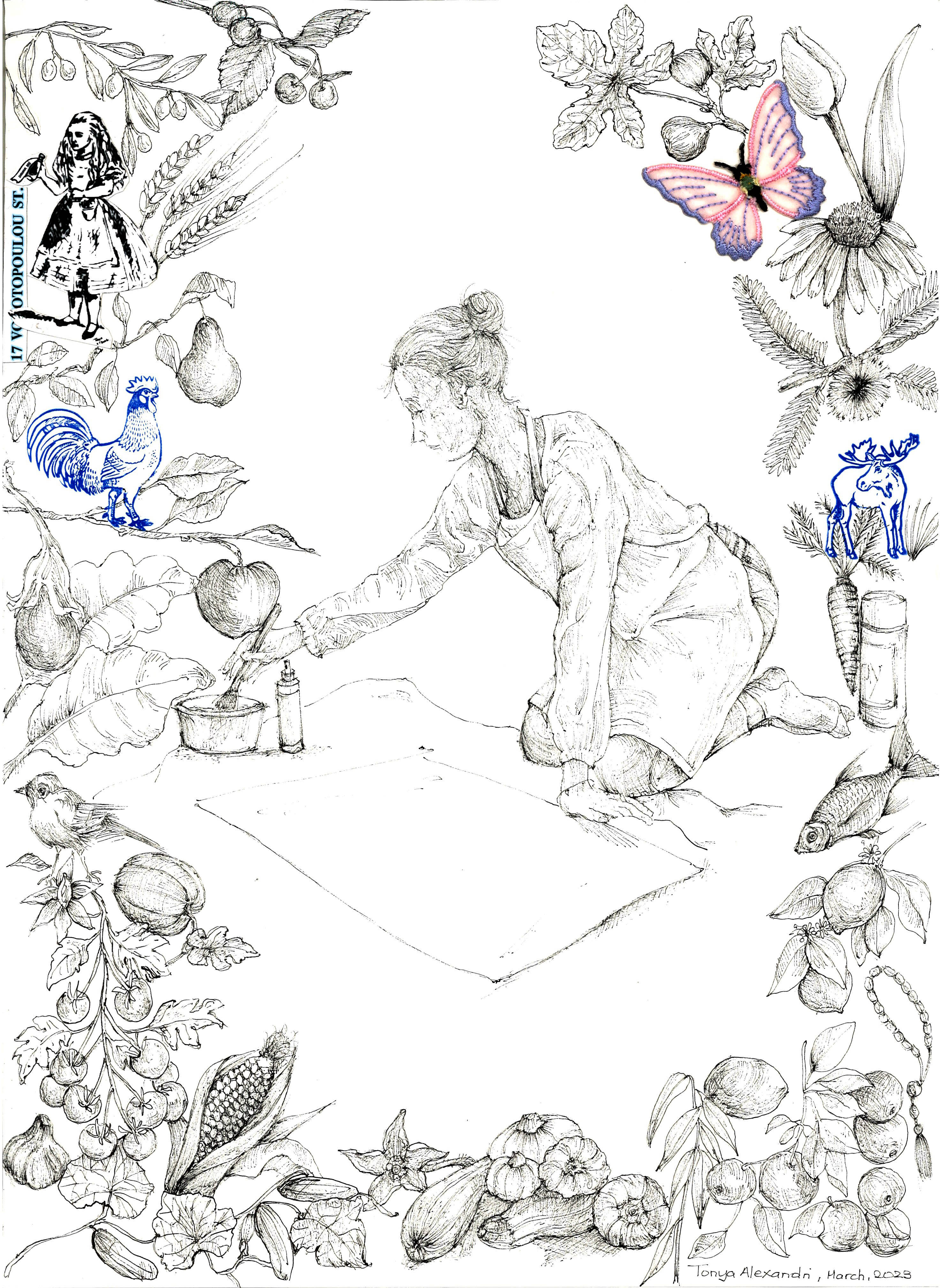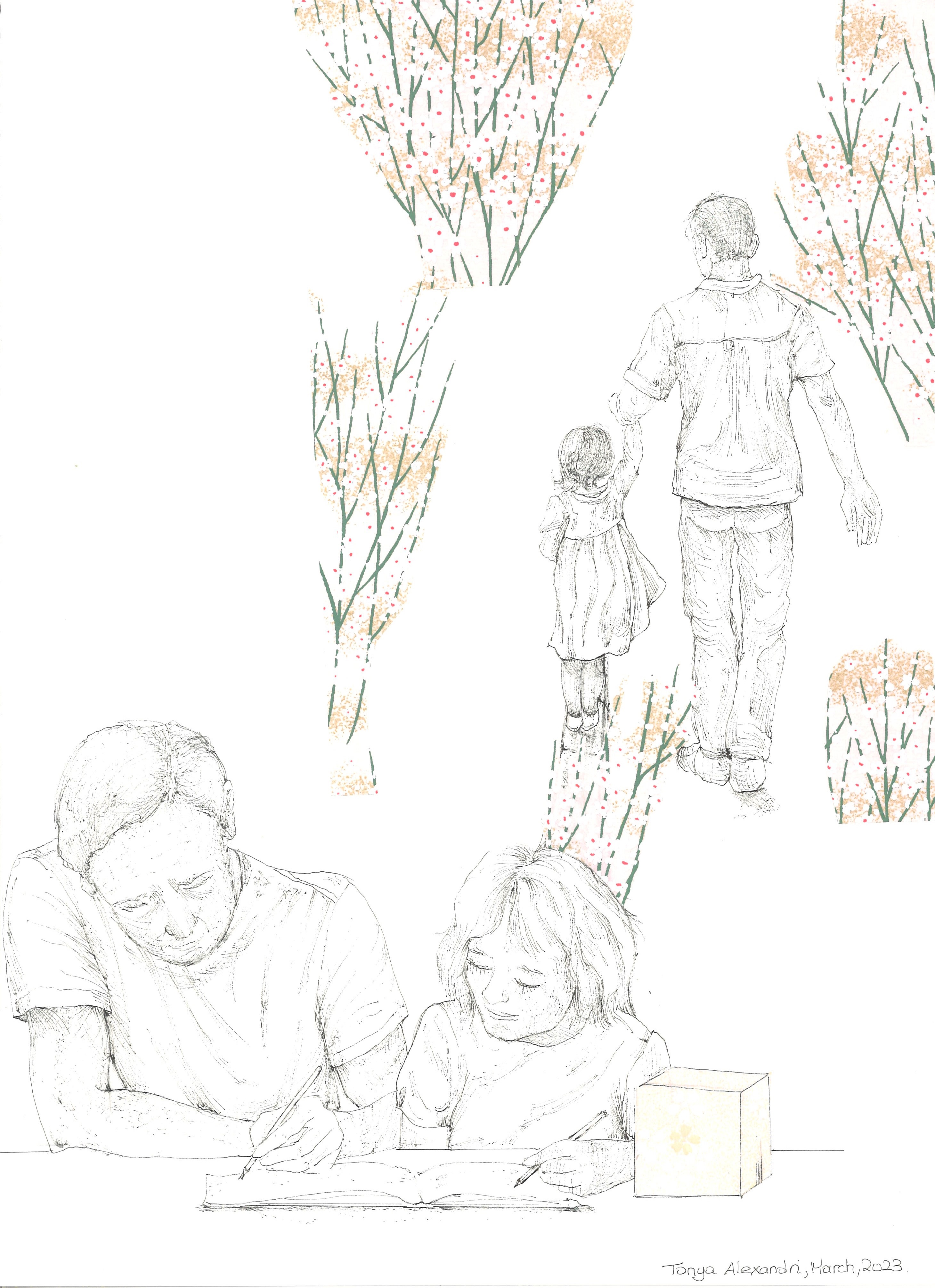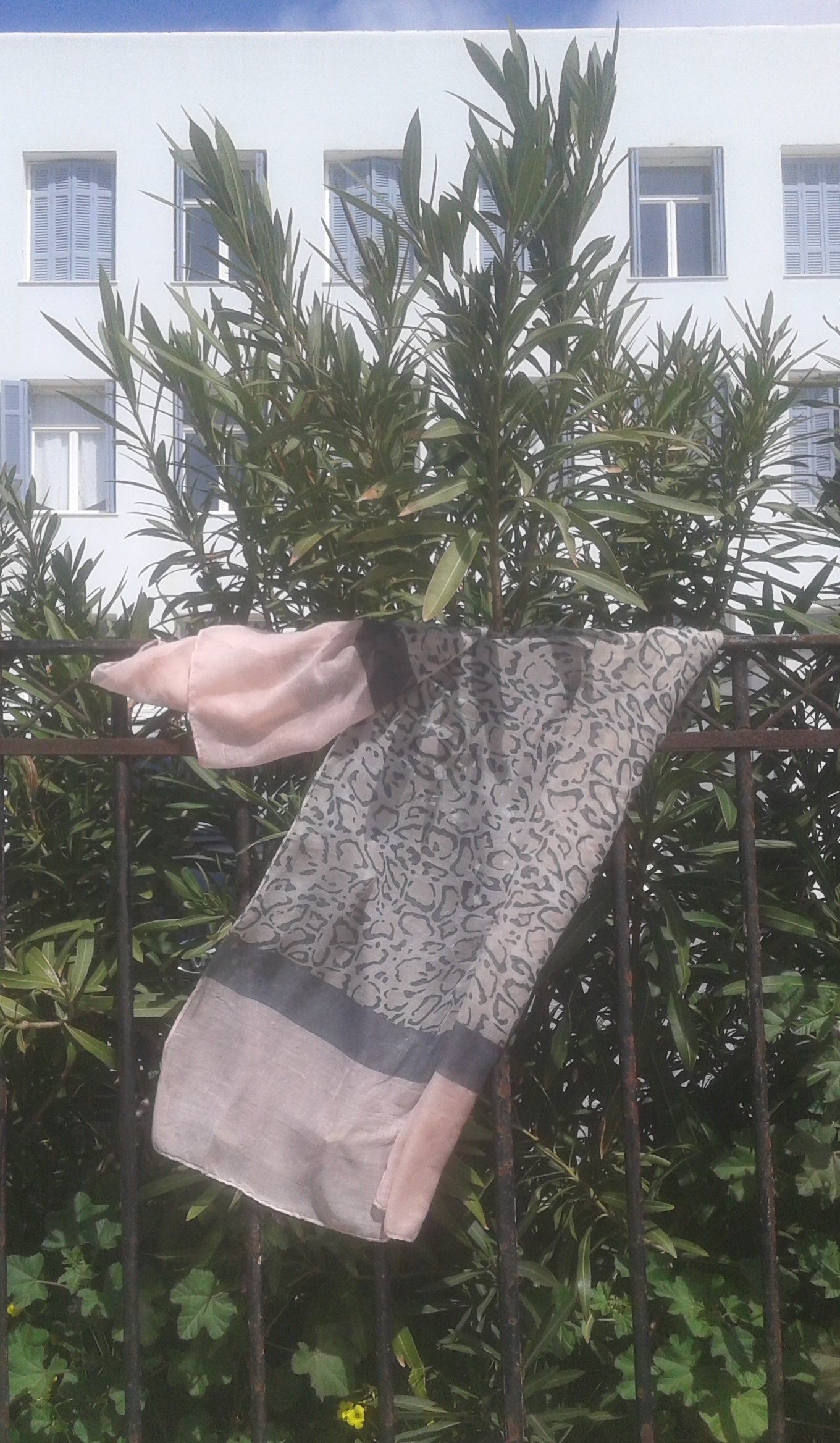Book related memories…. continued….
From Brené Brown’s book Daring Greatly:
“Worrying about scarcity is our culture’s version of post-traumatic stress. It happens when we’ve been through too much, and rather than coming together to heal (which requires vulnerability) we’re angry and scared and at each other’s throats.”
“We live in a world where most people still subscribe to the belief that shame is a good tool for keeping people in line. Not only is this wrong, but it’s dangerous. Shame is highly correlated with addiction, violence, aggression, depression, eating disorders, and bullying.”
“Because cynicism, criticism, cruelty, and cool are even better than armor – they can be fashioned into weapons that not only keep vulnerability at a distance but also can inflict injury on people who are being vulnerable and making us uncomfortable.…. Someone else’s daring provides an uncomfortable mirror that reflects back our own fears about showing up. creating, and letting ourselves be seen.”
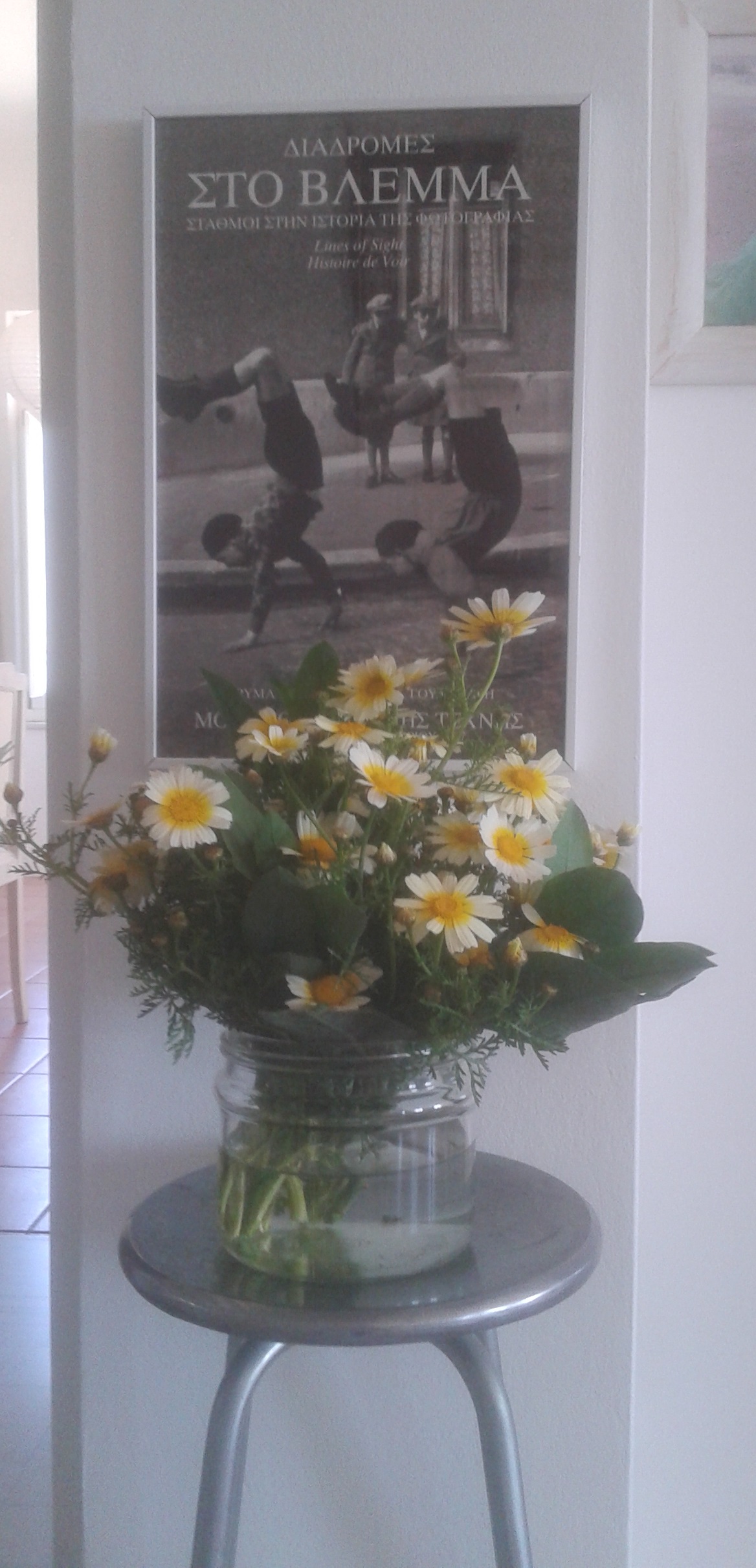
The fields around where I live and the roads and paths where I go for a walk are for the time being flanked by wild flowers, so I’ve had the chance to pick daisies during my walks.
In today’s post I have included material that I did not include in the previous one because I had thought it best to keep it short.
In the part on Gordon Neufeld and Gabor Mate’s book I had intended to also refer to Brené Brown’s chapter with the title Wholehearted Parenting [6], in her book Daring Greatly, because it has some relevance to the topics of their book. The quotes above are from her book. Also, I had intended to further support their arguments with a short extract from Gabor Mate’s book, Scattered: How Attention Deficit Disorder Originates and What You Can Do About It, which I am currently reading, and hopefully, will write about in the future. The extract is related to the topic of interdependence of causal factors and how understanding issues or events requires our considering a whole range of interacting factors:
“We have seen that the individual’s brain circuits are decisively influenced by the emotional states of the parents, in the context of the multigenerational family history. Families also live in a social and economic context determined by forces beyond their control. If what happens in families affects society, to a far greater extent society shapes the nature of families, its smallest functioning units. The human brain is a product of society and culture just as it is a product of nature.”
I had also selected some more poetry by Sarah Ruhl. Below are an extract from a poem about racism and whiteness, and a poem about fear of mold and other things….
“I don’t want to fear / the life cycle anymore: / death, mold, endings.
It is absurd to fear the / blue mold on a tomato.”
And
“In places my skin is so white it’s blue.
Crayola retired the crayon called Flesh in 1962,
The same year Martin Luther King Jr. was
Arrested for leading prayer vigil.
Now that crayon is called peach and
Crayola offers apricot, black, burnt sienna, mahogany, sepia.
My skin is whiter than sepia, whiter than apricot.
The white crayon in Crayola doesn’t work on white paper.
It’s like spitting into water.
So most white kids when they draw their / own faces don’t color in the skin…..
White kids pretend our skin is the shade of / paper and leave the outline alone….”
And an extract by Margaret Renkl from her book, Late Migrations: A Natural History of Love and Loss (p. 218), on how she understands and has experienced grief and loss in life, and the grief that follows the death of loved ones, in particular:
“This talk of making peace with it. Of feeling it and then finding a way through. Of closure. It’s all nonsense. Here is what no one told me about grief: you inhabit it like a skin. Everywhere you go, you wear grief under your clothes. Everything you see, you see through it, like a film.
It is not a hidden hair shirt of suffering. It is only you, the thing you are, the cells that cling to each other in your shape, the muscles that are doing your work in the world. And like your other skin, your other eyes, your other muscles, it too will change in time. It will change so slowly you won’t even see it happening. No matter how you scrutinize it, no matter how you poke at it with a worried finger, you will not see it changing. Time claims you: your belly softens, your hair grays, the skin on the top of your hand goes loose as a grandmother’s, and the skin of your grief, too, will loosen, soften, forgive your sharp edges, drape your hard bones.
You are waking into a new shape. You are waking into an old self. What I mean is, time offers your old self a new shape. What I mean is, you are the old, ungrieving you, and you are also the new, ruined you. You are both, and you will always be both. There is nothing to fear. There is nothing at all to fear. Walk out into the springtime, and look: the birds welcome you with a chorus. The flowers turn their faces to your face. The last of last year’s leaves, still damp in the shadows, smell ripe and faintly of fall.”
Finally, I wanted to share a couple of links, one to an audio recording of the story of Jonathan Livingston Seagull https://www.youtube.com/watch?v=8COt1n3jDqA, and one to Brené Brown’s Unlocking Us With Brené Brown podcast Be True To Yourself at: https://www.youtube.com/watch?v=PPo_r0zlcPg
In this episode she talks about trust in friendships throughout our lifespan and other relationships. She comments: “Trust is build in the smallest of moments” & “Trust is a sliding door moment”.
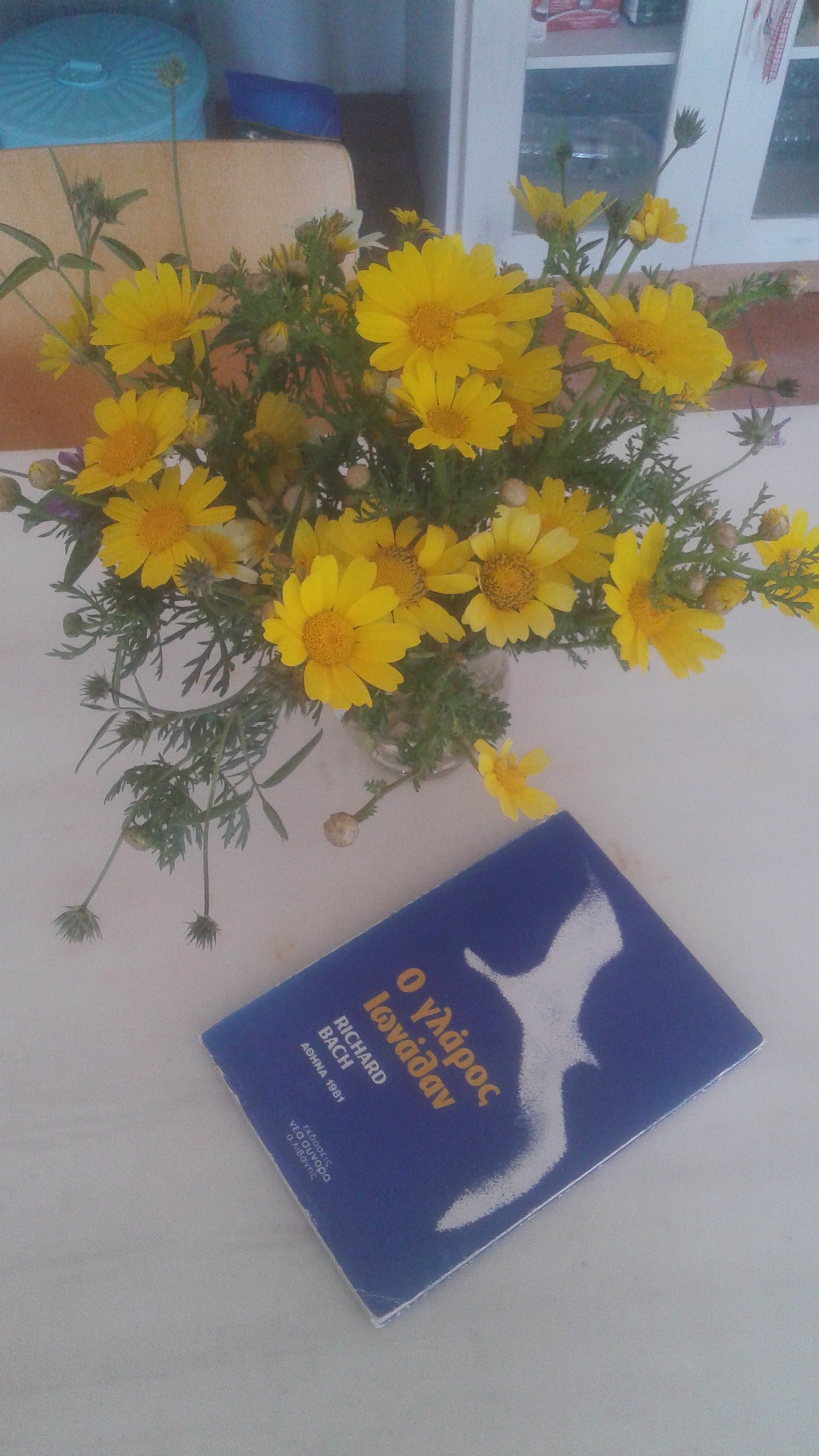
So, to come back to Jonathan Livingston Seagull by Richard Bach, I first read it when I was 21. In this 1982 Greek translated edition that I own the publisher describes it as “a revolutionary fairy tale” and claims that “some readers believed that the psyche of the free is found in Jonathan Livingston Seagull”. This edition includes some beautiful photographs of seagulls mostly in flight by Russell Munson. I had forgotten most of the story apart from the fact that it was about our inherent right to be free to be ourselves and to follow our dreams. The memory of the book would sometimes surface in my mind when flocks of seagulls flew over my house or when on certain occasions some have touched the ground probably looking for food.
It was quite interesting to listen to the story again, four decades later, at this stage of my life. This time round the story felt to a certain degree like an allegory for the life of Jesus. It also seemed to have elements of New Age spirituality. In any case, the story is about a seagull’s unbounded passion for flight and unquenchable thirst for achieving perfection in what he loves most. Jonathan is different to other birds in his flock because “for most gulls, it is not flying that matters, but eating.” Jonathan believes that freedom is the very nature of one’s being, that whatever stands against that freedom must be set aside.
One salient message is that we should not let others tell us what we can and cannot do, even if sometimes following our passions can take us away from places and people that we hold dear. Jonathan’s lack of conforming to the norms does not go down well with the other seagulls and eventually, his unwillingness to conform results in his expulsion from his flock. As an outcast but free bird nonetheless, he continues to learn about flying, coming closer and closer to his goal of achieving perfection. After certain adventures and encounters with other gulls Jonathan feels the urge to return to earth to share what he has learned and to spread his knowledge. He soon finds himself around other outcast but passionate seagulls…
Three quotes from the book:
“Why is it,” Jonathan puzzled, “that the hardest thing in the world is to convince a bird that he is free, and that he can prove it for himself if he’d spend a little time practicing? Why should that be so hard?”
“Jonathan Seagull discovered that boredom and fear and anger are the reasons that a gull’s life is so short, and with those gone from his thought, he lived a long fine life indeed.”
“We can lift ourselves out of ignorance, we can find ourselves as creatures of excellence and intelligence and skill.”

